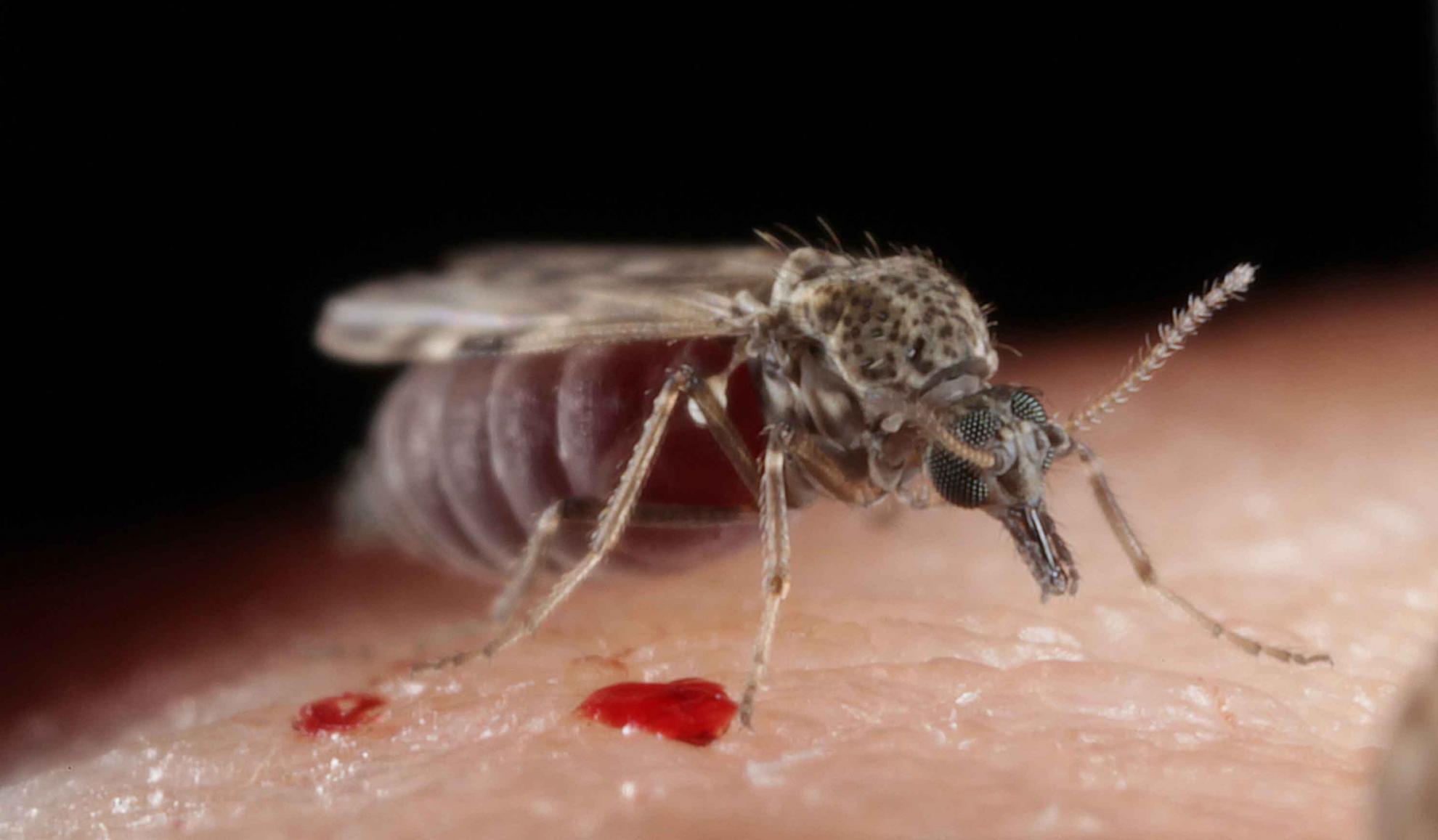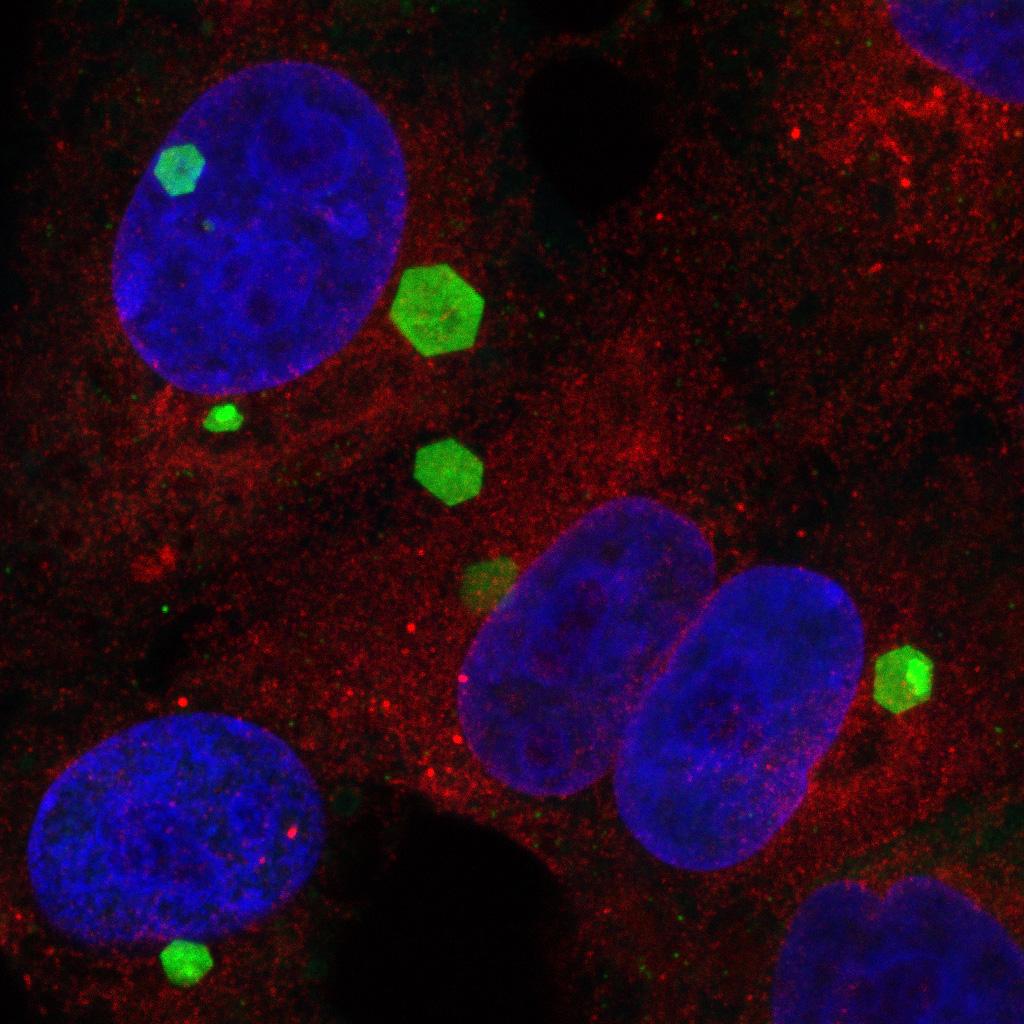Vector competence of Culicoides for arboviruses: three major periods of research, their influence on current studies and future directions.
The spectacular and unprecedented outbreaks of bluetongue virus (BTV) that have occurred in Europe since 1998 have led to increased interest in those factors that determine competence of Culicoides biting midges (Diptera: Ceratopogonidae) for arboviruses. In this review the authors critically examine three major periods of research into the biological transmission by Culicoides of two economically important arboviruses of the family Reoviridae: African horse sickness virus (AHSV) and BTV. First they examine early studies, largely conducted in southern Africa, that played a key role in initially implicating Culicoides as agents of AHSV and BTV transmission. Then they examine advances in understanding made following the establishment of colonies of the BTV vector species Culicoides sonorensis, which have largely shaped our current understanding of BTV and AHSV transmission. They then consider attempts in recent years to implicate vectors of BTV in the European Union during what has become the most economically damaging series of outbreaks in recorded history. In some cases the origin of these outbreaks was uncertain and unexpected, particularly in northern Europe, where BTV had not previously occurred. Limitations imposed on studies of vector competence by the biology of Culicoides are then discussed, along with advances in the technologies now available and the logistics of working upon agents requiring biosecure containment outside their endemic range. Finally, the authors suggest areas that have either been poorly addressed to date or entirely ignored and ways in which studies could be conducted to provide standardised data for comparison worldwide.
Back to publications


